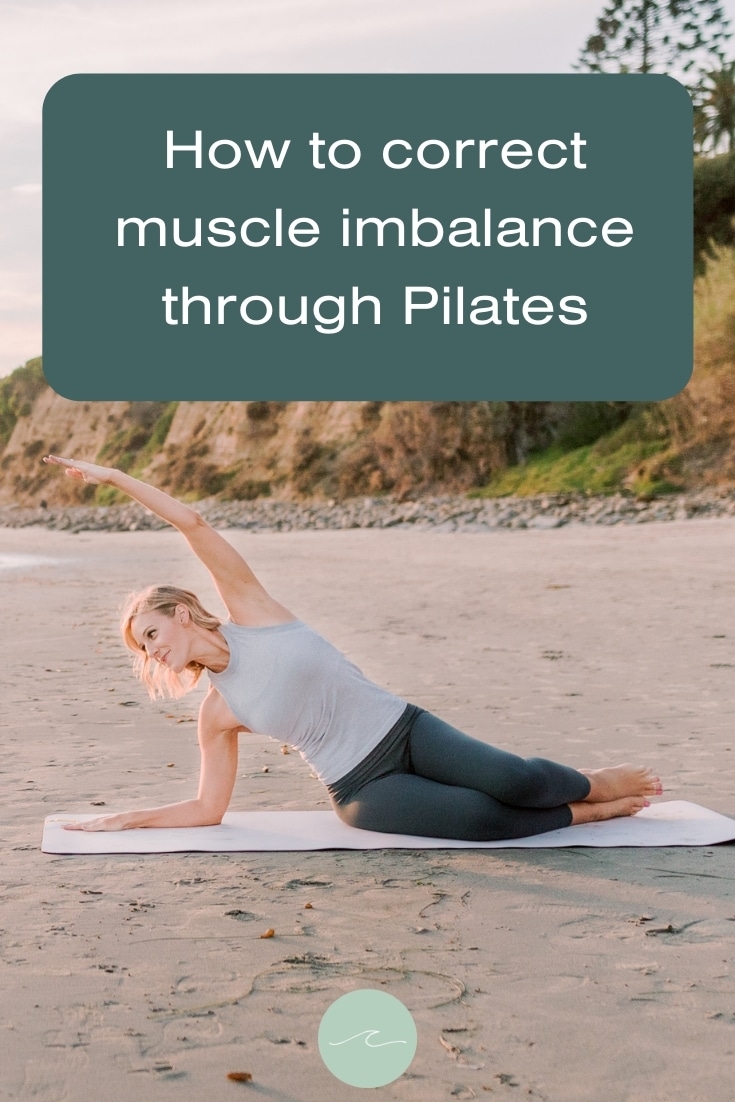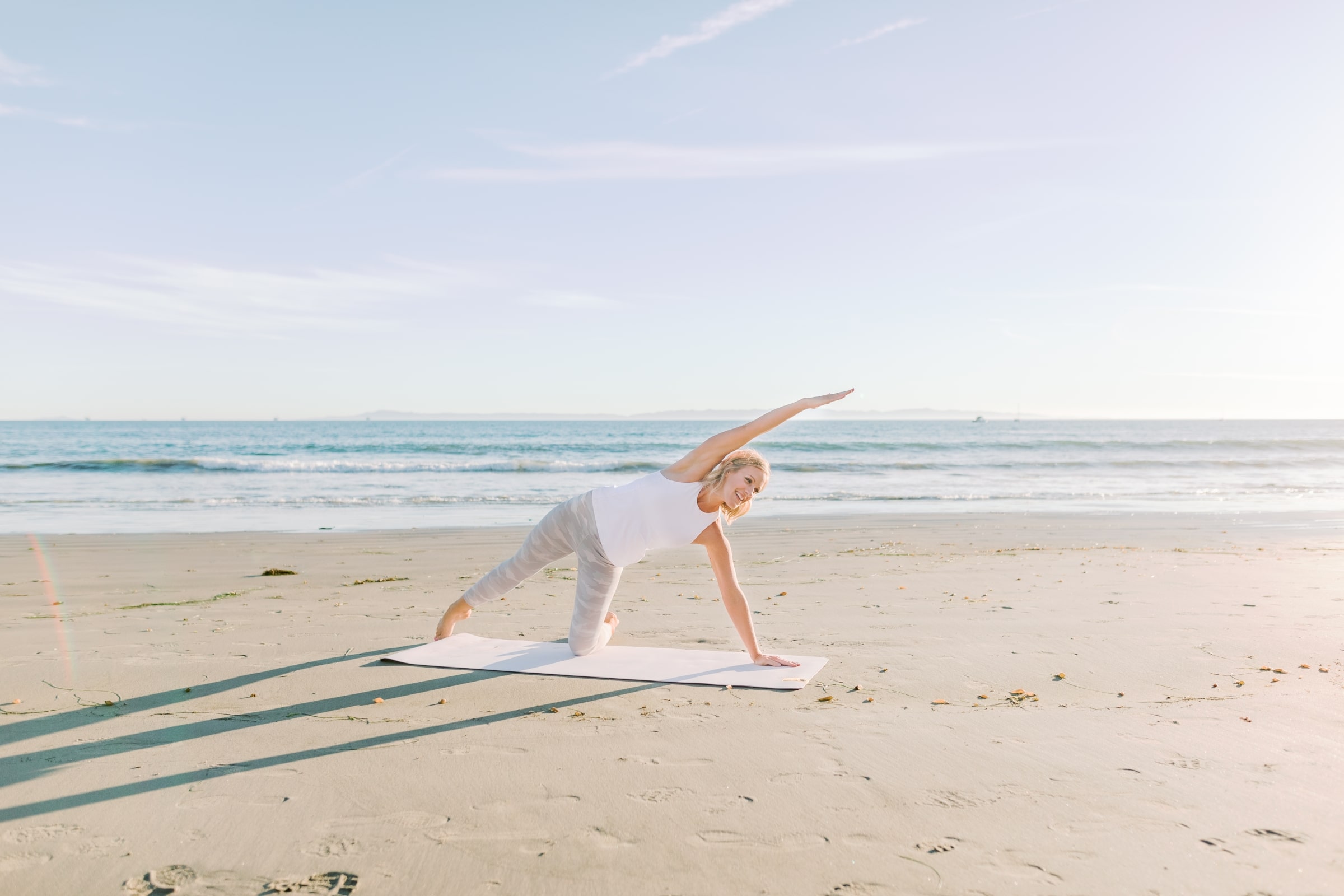
Blog
How To Correct Muscle Imbalance Through Pilates
Balance is a fundamental principle of the Pilates method.
While it can be applied in a variety of different ways, today I want to focus on the value and importance of sculpting a balanced body. More specifically, how to correct muscle imbalance through Pilates.
Most of us have developed muscle imbalances over the years without even knowing it. Imbalances can be caused by any number of things, including dominant handedness, postural habits, and activities that use repetitive movement patterns.
Common everyday activities that can lead to muscle imbalances:
– carrying your purse on the same shoulder everyday
– playing sports that favor your dominant side (golf, tennis, baseball)
– sitting in the same position at your desk day after day
– a daily response to pain or discomfort (your muscles work in a way to protect you from the pain)
– occupational habits/demands
Imbalances often go unnoticed, and therefore un-corrected, because many exercise regimens don’t incorporate single-side exercises. Many times our stronger side does the majority of the work in a given exercise and we don’t even know it. Consequently, our stronger side gets stronger and our weaker side gets weaker.
A good Pilates workout will incorporate some amount of single-side exercises to develop a strong, balanced body.
The good news is that most imbalances can be corrected or improved.
The first step is noticing them.
The second step is finding ways to restore balance through proper exercises (often this where the value of private instruction comes in).
Here are 3 things you can do TODAY to sculpt a more balanced body:
1. Adjust your daily posture to reflect balance: uncross your legs, sit equally on both sit bones, avoid leaning toward your mouse, etc.
2. Carry your purse on the opposite shoulder each time you pick it up.
3. Incorporate more single-side exercises into your routine. Below are 2 effective workouts that incorporate single-side exercises:
Remember, when attempting to sculpt a strong, balanced body, quality and precision of movement is of utmost importance.
Don’t rush it.
Take the time to do it right.
Doing so is far more effective and will provide much better results.
Give it a try and let me know how it goes!
xo,

share this post
Helping You Break Free!
Get your weekly delivery of inspiration—Pilates, nourishment,
& mindfulness—changing your relationship with food and your body.








6 thoughts on “How To Correct Muscle Imbalance Through Pilates”
Thanks, Robin! Good reminders and some light at the end of the pain tunnel! When I am consistent in working out, even just your 10 minute videos, I feel so much better and the chronic pain decreases. I need to get back into a more steady routine. This is a great start (I did do Day 1 and some of 2 of the 30 Day PBC this morning!)
Blessings
Barb
Sitting at my desk at work. Thank you for the reminder about the sit bones and not leaning fwd.
Have a blessed day!
I definitely have an imbalance that I notice when doing single side exercises where one side is much weaker than the other.
Do you recommend adding more repetitions to the weak side to strengthen or just keep doing single side exercises and eventually it’ll balance?
Thank you! I’m excited to get home from work and do those 2 workouts! Throughout my yoga practice I have been noticing a lot of unequal parts of my body, especially my neck, arms, and shoulder/upper back. Hoping to continue to improve and strength both sides equally! xoxo
This!!! I have figured out the culprit to my spine issues just recently and it turns out it’s from carrying my son on the same hip all the time (left one, so my dominant arm/hand is free!). It’s SO AWKWARD to carry him on the other side but I am trying! Thanks for the reinforcement, Robin!